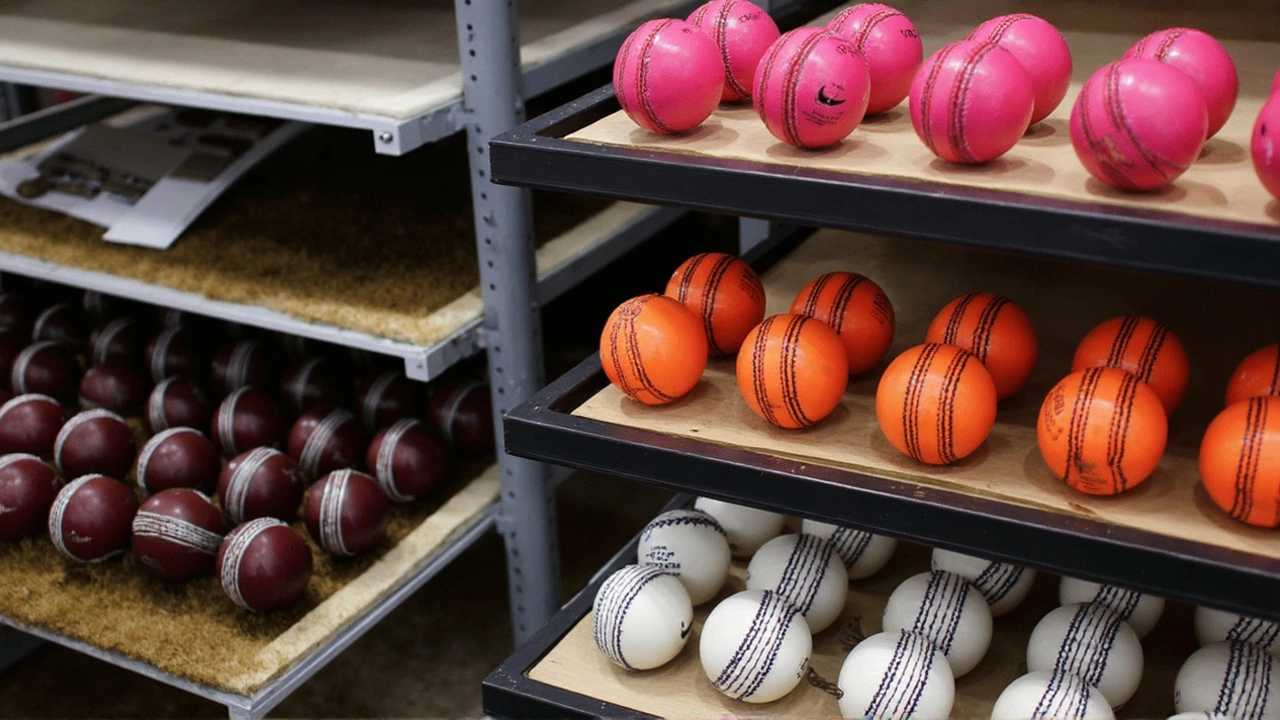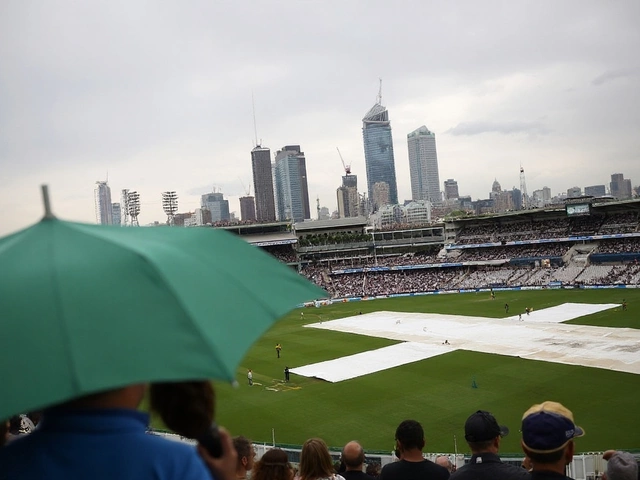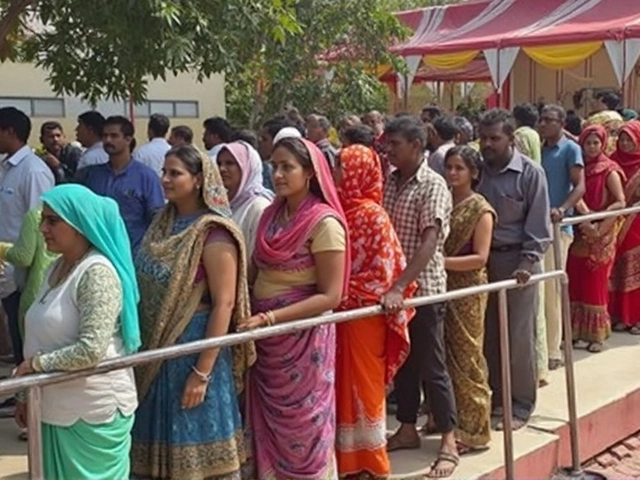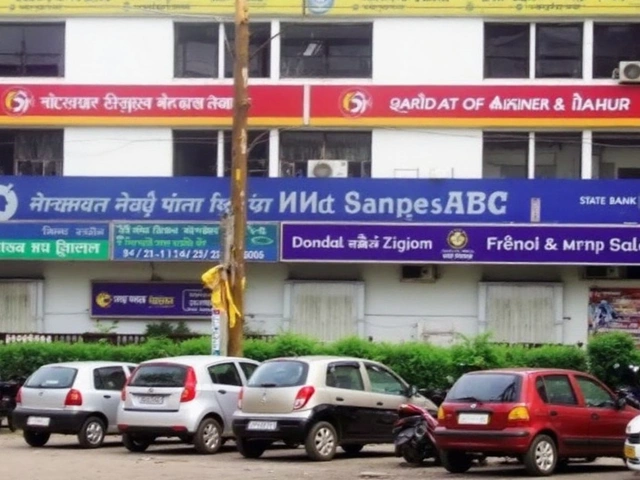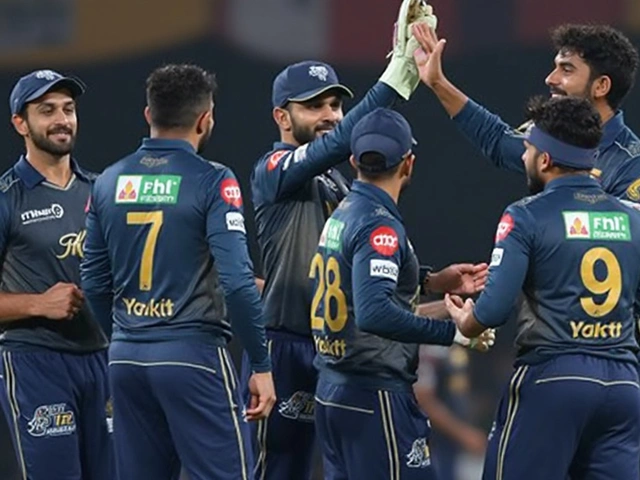Cricket Ball: Types, Care & Buying Guide
If you’ve ever wondered why a red ball feels different from a white one, you’re not alone. The cricket ball is more than just a leather sphere – its color, seam, and core all change how the game plays out. Below we break down the main kinds you’ll see on the field, what each is best for, and how to keep yours in good condition so it lasts longer.
Types of Cricket Balls
Most players start with three basic colors: red, white, and pink. Red balls are the traditional choice for Test matches; they swing a lot in the early overs because the leather surface is softer and the seam is more pronounced. White balls are used for limited‑overs games like ODIs and T20s – they stay visible under floodlights but tend to lose shine faster, so players often polish them with wet cloths. Pink balls are a newer hybrid for day‑night Tests; they combine the swing of red with better visibility under artificial light.
Beyond colors, there are two construction styles: hand‑stitched and machine‑stitched. Hand‑stitched balls have a tighter seam and usually last longer, making them the preferred choice for professional play. Machine‑stitched balls are cheaper and common in school or club cricket, but they can become ragged quicker, affecting swing and bounce.
Some casual players use tennis balls or rubber “soft” balls. These are great for backyard games because they’re inexpensive and safe, but they don’t behave like a real cricket ball, so they’re not ideal for serious practice.
How to Care for Your Cricket Ball
Keeping a ball in shape is simpler than you think. After each session, wipe the surface with a damp cloth to remove mud and sweat – this helps the leather stay supple. Avoid using harsh chemicals; a little water and mild soap are enough. For the seam, gently run your fingers along it to keep it tight. If the seam starts to loosen, a light tap with a mallet can restore some firmness.
When you’re not playing, store the ball in a cool, dry place. Don’t leave it in direct sunlight or a hot car, as heat can dry out the leather and make it crack. Some players use a ball bag with a bit of moisture‑absorbing material to balance humidity.
If you notice the ball losing its shine during a match, you can polish it with a bit of saliva or sweat – a classic trick that adds a thin layer of moisture, helping the ball swing. Modern rules allow this, but check the competition guidelines first.
Finally, know when it’s time to replace the ball. In Test cricket, a ball is typically used for about 80 overs before it’s swapped out. If the seam is badly worn or the leather is torn, it’s the right moment to get a new one.
Choosing the right ball depends on what you’re playing. For a serious club match, go with a hand‑stitched red or white ball that matches the format. For practice or casual games, a machine‑stitched ball or even a good quality tennis ball will do. By picking the right type and looking after it properly, you’ll get better performance and a longer‑lasting ball – and that makes every over more enjoyable.
Cricket Ball Showdown: Dukes, SG, and Kookaburra Shape Test Matches Worldwide
Three types of cricket balls define Test cricket: the hand-stitched SG ball of India, the swing-friendly Dukes of England and the West Indies, and the Kookaburra commonly used in Australia and beyond. Each ball fits its home turf's unique playing conditions and influences the game differently.
